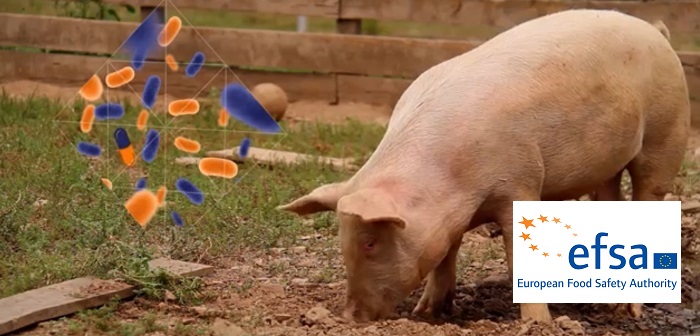A new report from the European Food Safety Authority (efsa) includes the suggestion that the reduced use of antimicrobials in animals is having a beneficial effect on antimicrobial resistance (AMR) in the general population.
According to the head of EFSA’s biological hazards and contaminants unit, Marta Hugas, current levels of AMR in Europe are subject to “significant regional differences”.
“The highest levels of AMR are observed in eastern and southern Europe,” she said, when commenting on the latest annual report on the subject by efsa and the European Centre for Disease Prevention and Control (ECDC).
Perhaps more crucially, she than added: “In northern Europe, however, there is lower resistance in bacteria from poultry, particularly in countries with a low use of antimicrobials in animals.”
While potentially positive from a farming perspective, Ms Hugas’ comment comes on the back of the report’s warning that bacteria in humans, food and animals continue to show resistance to the most widely used antimicrobials.
The headline image is taken from esfa’s latest AMR video




